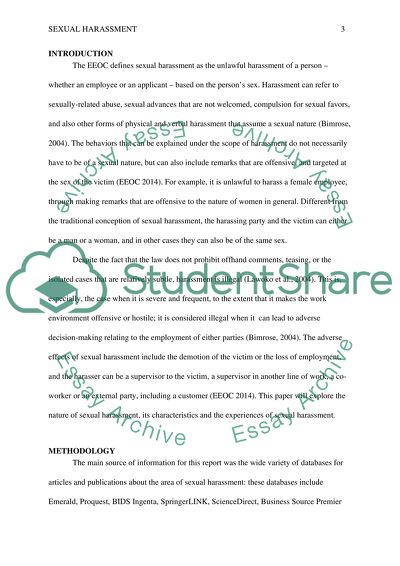Cite this document
(“Sexual harassment Research Paper Example | Topics and Well Written Essays - 4000 words”, n.d.)
Retrieved from https://studentshare.org/human-resources/1625871-sexual-harassment
Retrieved from https://studentshare.org/human-resources/1625871-sexual-harassment
(Sexual Harassment Research Paper Example | Topics and Well Written Essays - 4000 Words)
https://studentshare.org/human-resources/1625871-sexual-harassment.
https://studentshare.org/human-resources/1625871-sexual-harassment.
“Sexual Harassment Research Paper Example | Topics and Well Written Essays - 4000 Words”, n.d. https://studentshare.org/human-resources/1625871-sexual-harassment.


